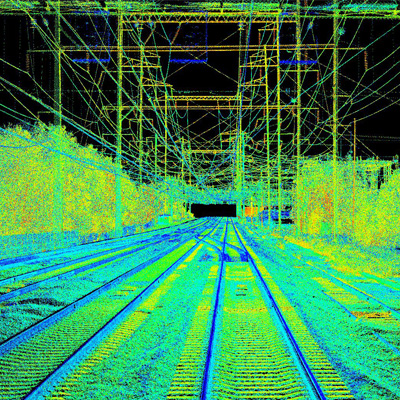RIVERS & COASTLINES
Rivers & coastlines are the lifeblood of our ecosystems, and we’re here to offer a game-changing solution that will transform the way you manage and protect these invaluable resources to ensure we can continue to enjoy these incredible places for years to come. Our Lidar technology provides a unique perspective, opening new possibilities for understanding and preserving these vital environments.
Flood Modelling: LiDAR-derived elevation data is crucial for flood and inundation modelling and forecasting. It helps predict how rivers and coasts will respond to heavy rainfall, storm surges, and sea level rise, allowing authorities to issue timely flood warnings.
Riverbank Erosion Monitoring: LiDAR technology is used to assess and monitor riverbank erosion over time. It can capture 3D data of riverbanks, enabling authorities to identify vulnerable areas and implement measures to mitigate erosion.
Hydrographic Surveys: LiDAR-equipped boats and aircraft are used for hydrographic surveys of riverbeds and water bodies. These data help in creating accurate bathymetric maps, measuring water depth, and assessing changes in morphology.
River Channel Mapping: LiDAR is used to map the geometry and topography of river channels. This information is valuable for hydraulic modelling, sediment transport studies, and understanding river behaviour.
Vegetation and Habitat Mapping: LiDAR data aids in mapping riparian vegetation along riverbanks and wetlands. It is essential for habitat assessment and monitoring changes in ecosystems that affect aquatic life.
Sediment Transport and Morphological Studies: LiDAR data is used to study sediment transport dynamics in rivers, helping to understand how rivers shape their surroundings and the impact on infrastructure.
Bridge and Infrastructure Assessment: LiDAR is employed to assess the condition of bridges, culverts, and other infrastructure that interact with rivers and coastlines. It helps in detecting structural issues and ensuring safety.
Ecosystem and Environmental Monitoring: LiDAR technology is used to monitor changes in river ecosystems and to assess the impact of human activities and environmental changes on river health.
By providing highly accurate and detailed geospatial data, LiDAR technology enhances river management, environmental conservation, and safety along riverbanks and flood-prone areas. It plays a vital role in understanding and managing rivers and their surroundings.
Common Applications
- Flood Modelling
- Bridge and Infrastructure Inspection
- Habitat Mapping
- Navigation and Dredging
- Coastal Erosion and Accretion Monitoring
- Sea Level Rise Impact Assessment
- Coral Reef Mapping
- Coastal Zone Management
- Tidal and Current Modeling
Benefits of Lidar for Rivers & Coastlines

Precision River Mapping

Swift Data Acquisition

Flood Risk Assessment

Water Resource Monitoring

Erosion Control and Habitat Preservation

Environmental Conservation
Find out more
Find out more about our range of Aerial Lidar services that could benefit your next project.

